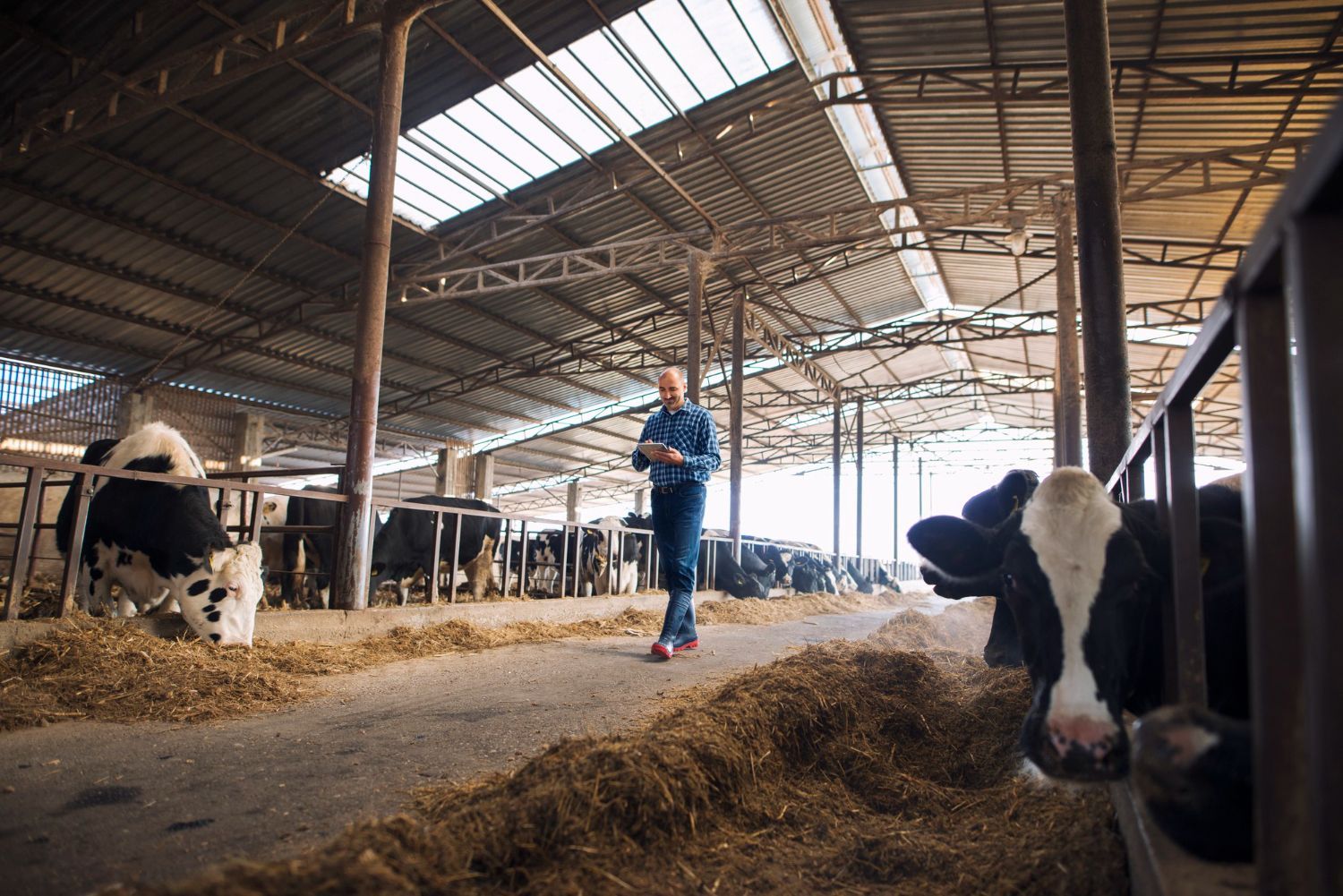The arrival of a new executive heralds a period of opportunity, transformation, and, inevitably, challenge. The process of integrating this new leader – onboarding – is a critical, often under-emphasised phase that can significantly influence the trajectory of both the individual's and the company's future. So why do so many organisations fail to get executive onboarding right?
The High Stakes of Executive Onboarding
The adage "well begun is half done" resonates profoundly in executive onboarding. Harvard Business Review reveals a startling statistic: as many as 40-50% of new executives fail within the first 18 months of their appointment. This failure rate is not just a personal setback for the executives; it represents a substantial cost to the company – often up to five times the executive's salary. The reasons for failure? Poor cultural fit, unclear expectations, and inadequate onboarding support top the list.
But what makes the consumer goods industry particularly challenging for new executives? It's a dynamic sector where consumer preferences shift rapidly, supply chains are complex, and competition is intense. Here, more than anywhere else, an executive's ability to adapt and lead effectively from the outset is paramount.
The Multifaceted Challenges in Onboarding
The failure of many organisations in the consumer goods industry to effectively onboard new executives is multifaceted:
1. Tailored Onboarding Versus Standard Processes
The provided text emphasises the necessity of a tailored onboarding process for executives, distinct from standard employee onboarding. This is particularly relevant in the consumer goods industry, where executives must navigate unique market dynamics, consumer trends, and complex supply chains in Australia. Tailoring the onboarding process to address these specific industry challenges ensures that executives can hit the ground running with a clear understanding of the landscape they will operate in.
2. The Role of a Dedicated Onboarding Team
The concept of a dedicated project team for executive onboarding, as implemented by Palo Alto Networks, could be highly effective in the consumer goods sector. Such a team could focus on providing industry-specific insights, facilitating connections with key stakeholders, and ensuring that new executives understand the nuances of the Australian consumer market. This team would act as a bridge between the executive and the unique aspects of the Australian consumer goods landscape.
3. Engagement During the Notice Period
In the consumer goods industry, where market trends and consumer preferences can shift rapidly, keeping executives engaged during their notice period is crucial. This period can be used to familiarise them with current market analyses, consumer behaviour trends, and ongoing projects. This proactive approach ensures that the executive is well-informed and ready to contribute from day one.
4. Cultural Orientation and Familiarity
Building a strong cultural connection is vital in any industry but takes on added importance in consumer goods, which often relies on understanding and adapting to cultural nuances to succeed. Regular touchpoints that orient the new executive to the company's culture, values, and consumer-centric approach can help in crafting strategies that resonate with the Australian market.
5. Collaboration Among Various Teams
The need for collaboration between HR, Reward, Performance, and Talent teams is pertinent in the consumer goods sector. This collaboration can ensure a unified approach to addressing the specific challenges and opportunities an executive might face in this dynamic industry. For instance, understanding the compensation frameworks and performance indicators specific to different departments within a consumer goods company can aid an executive in making more informed decisions.
6. 'Just-in-Time' Resources
The idea of providing ‘just-in-time’ resources is particularly beneficial for executives in the fast-moving consumer goods sector. Given the rapid pace of change in consumer preferences and market trends, having access to real-time data and concise, relevant information can be invaluable. This approach allows executives to stay agile and make decisions based on the latest market insights.
7. Understanding of Performance Cycles
In the consumer goods industry, understanding the timing and nuances of performance cycles is critical. This is especially true in a market like Australia, where seasonal trends and events can significantly impact consumer behaviour. The onboarding process should include education on these cycles, preparing executives to plan and execute strategies effectively in sync with these fluctuations.
The Role of the Board in Facilitating Successful Onboarding
The board of directors plays a pivotal role in the onboarding process. Their actions, or lack thereof, can set the tone for the new executive’s tenure. What should they be doing?
- Pre-Onboarding Engagement: The process starts before the executive's first day. Boards must ensure clear communication about the company's vision, challenges, and expectations. This early dialogue helps align the executive’s mindset with the company's strategic goals.
- Structured Onboarding Plan: Developing a comprehensive, customised onboarding plan is crucial. This should cover not just the operational aspects of the role but also the cultural and interpersonal dynamics of the organisation.
- Mentorship and Networking Support: Assigning a mentor from the board or senior leadership can accelerate the integration process. Additionally, facilitating introductions and networking opportunities within and outside the company is invaluable.
- Regular Check-Ins and Feedback: Ongoing support doesn’t end after the first week or month. Regular check-ins to provide and receive feedback ensure any issues are addressed promptly.
- Performance Metrics: Clear, early-established metrics for success help the new executive understand how their performance will be measured.
Enhancing Executive Performance through Effective Onboarding
The correlation between effective onboarding and enhanced executive performance is well-established. A study by McKinsey found that executives who had a successful onboarding experience were 1.9 times more likely to exceed performance expectations. Furthermore, these executives reported feeling more integrated into the company culture and more effective in their roles earlier than their peers who experienced less structured onboarding.
Effective onboarding leads to better decision-making, faster strategy implementation, and a more cohesive leadership team. It builds a foundation of trust and understanding that is crucial in the high-stake, rapidly evolving consumer goods market.
Onboarding as a Strategic Imperative
Effective executive onboarding goes beyond mere orientation – it is a strategic process that lays the groundwork for long-term success. As we've seen in the consumer goods industry in Australia, a well-planned and executed onboarding process can be the difference between a flourishing leadership tenure and a costly misstep.
In an era where the cost of failure is high and the speed of change is relentless, consumer goods companies must view executive onboarding not as a perfunctory checklist but as a fundamental building block of sustainable leadership and organisational success.
Remember, your new executive's journey is a reflection of your organisation's commitment to leadership excellence. Invest in their onboarding, and you're investing in the future of your company.


